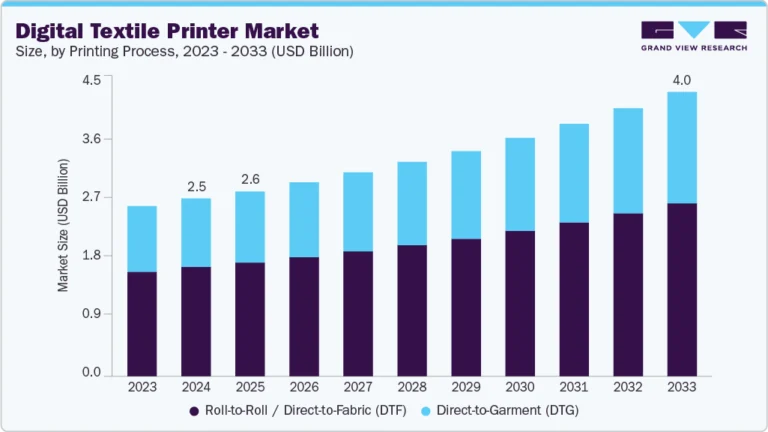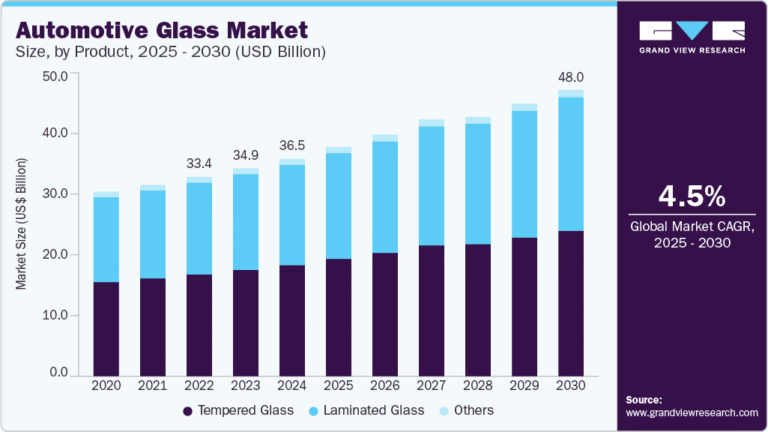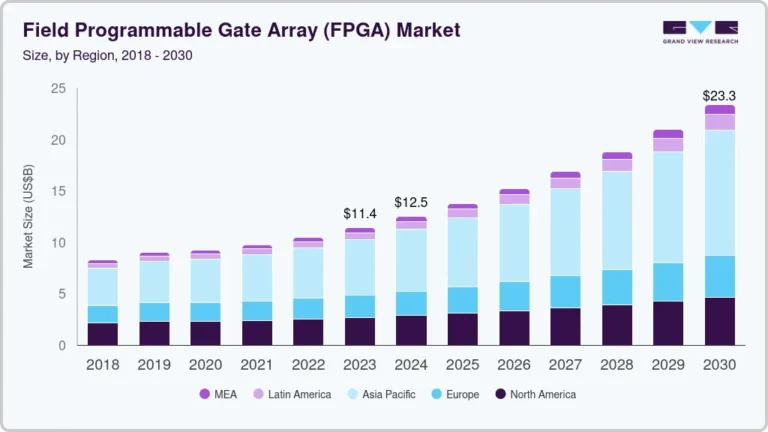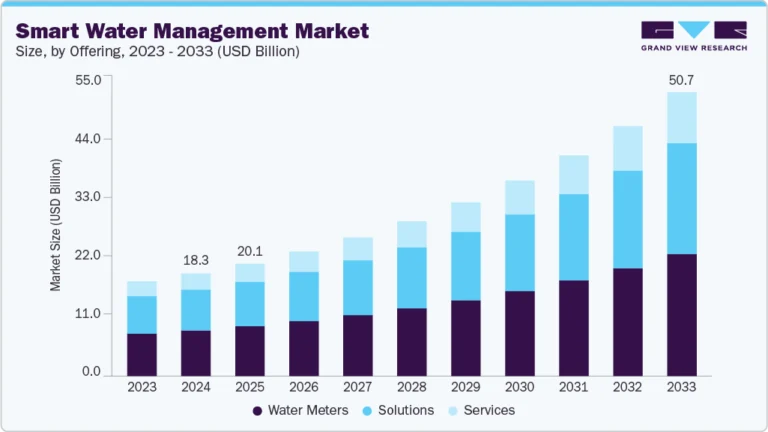Home Appliances Market Size, Share & Trends Analysis growing at a CAGR of 5.2% from 2025 to 2030

The global home appliances market size was estimated at USD 503.03 billion in 2024 and is projected to reach USD 675.73 billion by 2030, growing at a CAGR of 5.2% from 2025 to 2030. The industry is experiencing significant growth, driven by factors such as increased disposable incomes, urbanization, a focus on convenience, and advancements in technology.
Key Market Trends & Insights
- The home appliances market in Asia Pacific accounted for a revenue share of 44.6% in 2024.
- The telecom services market in the U.S. held a dominant position in North America in 2024.
- Based on product, the major appliances accounted for a revenue share of 89.6% in 2024.
- Based on distribution channel, the sales through electronic stores accounted for a revenue share of 45.5% in 2024.
Market Size & Forecast
- 2024 Market Size: USD 503.03 Billion
- 2030 Projected Market Size: USD 675.73 Billion
- CAGR (2025-2030): 5.2%
- Asia Pacific: Largest market in 2024
Request a free sample copy or view report summary: https://www.grandviewresearch.com/industry-analysis/home-appliance-market/request/rs1
These trends, coupled with evolving consumer lifestyles and heightened awareness of energy efficiency, are accelerating the demand and market expansion for home appliances worldwide. A key factor driving this growth in the industry is the rise in disposable incomes and living standards, especially in emerging economies across Asia Pacific, Latin America, and parts of Africa. As more households gain financial stability, they’re investing in modern appliances that enhance convenience and improve quality of life. This shift is particularly strong in urban areas, where busy lifestyles encourage the adoption of appliances that save time, such as washing machines, dishwashers, and microwaves. Urbanization also brings smaller living spaces, which has led to demand for compact, multifunctional, and energy-efficient appliances.
A key factor driving this growth in the industry is the rise in disposable incomes and living standards, especially in emerging economies across Asia Pacific, Latin America, and parts of Africa. As more households gain financial stability, they’re investing in modern appliances that enhance convenience and improve quality of life. This shift is particularly strong in urban areas, where busy lifestyles encourage the adoption of appliances that save time, such as washing machines, dishwashers, and microwaves. Urbanization also brings smaller living spaces, which has led to demand for compact, multifunctional, and energy-efficient appliances.
The surge in smart technology is another major contributor. Modern home appliances increasingly feature smart capabilities, allowing users to control and monitor devices remotely via smartphones or integrate them with other devices for enhanced functionality. Smart refrigerators, for instance, can track groceries and suggest recipes, while smart washing machines can be programmed from afar. This growing interest in smart homes aligns with the demand for appliances that can simplify tasks, offering added convenience and customization options that appeal to tech-savvy consumers.
Sustainability and energy efficiency are also critical factors influencing the home appliance industry. With increased awareness of environmental issues and rising energy costs, many consumers are choosing appliances that consume less energy and are environmentally friendly. Governments and organizations worldwide support this shift by implementing energy efficiency standards and providing incentives, such as tax credits or rebates, for purchasing eco-friendly appliances. As a result, manufacturers are prioritizing energy-efficient models and using sustainable materials to attract environmentally conscious buyers.
Product Insights
Major appliances accounted for a revenue share of 89.6% in 2024. The growing urban population and expanding middle-class demographic are major factors driving the demand for major appliances like refrigerators, washing machines, and air conditioners. As urbanization increases, more households are investing in essential home appliances to improve their living standards and convenience. This trend is particularly notable in emerging markets such as India, China, and Brazil, where rising disposable incomes and changing lifestyles are encouraging consumers to purchase modern appliances.
The small appliances market is expected to grow at a CAGR of 6.4% from 2025 to 2030. The growing demand for convenience in households is a major factor driving the small appliances market. Consumers are seeking products that can reduce time and effort in everyday tasks, leading to the rising popularity of small appliances like blenders, coffee makers, toasters, and hair dryers. The shift toward busy lifestyles, especially in urban areas, has accelerated the adoption of these devices, as they provide quick solutions to cooking, cleaning, and personal care needs.






